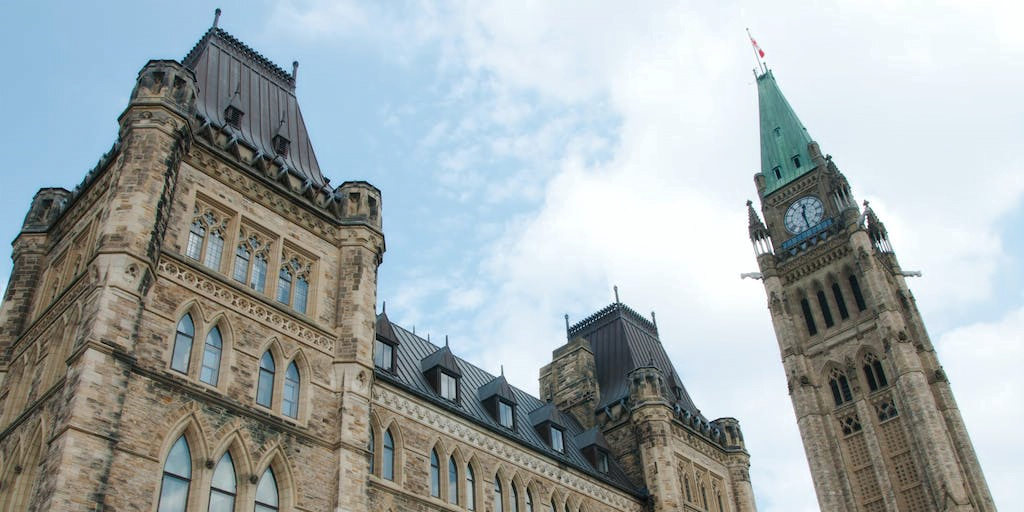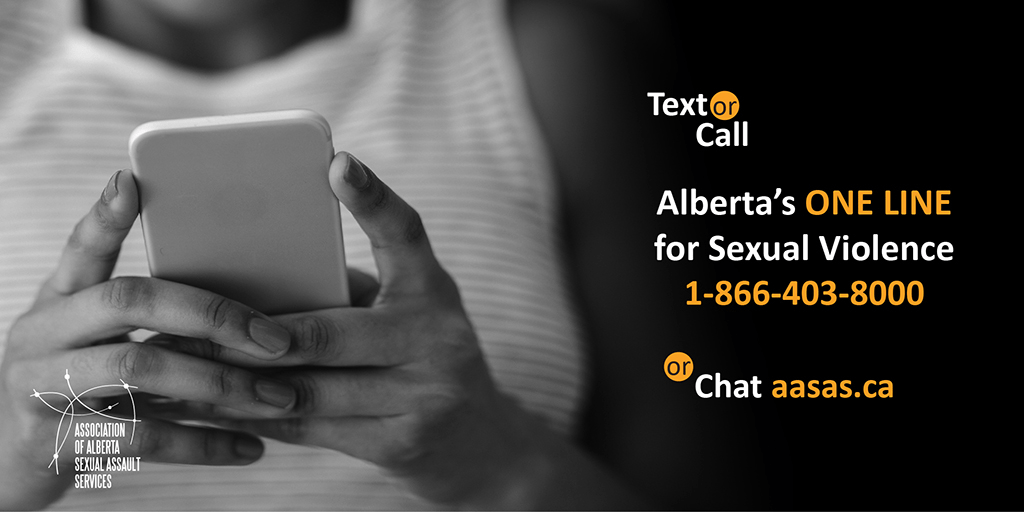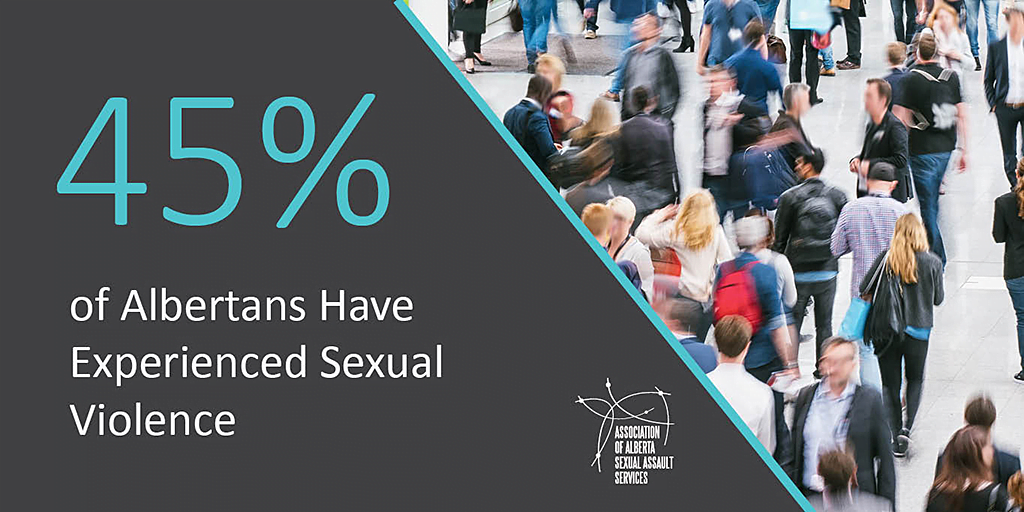1954 saw the passing of Ontario’s Fair Accommodation Practices Act and, since then, human rights legislation has evolved across Canada, including with the passing of human rights codes and the Canadian Charter. To a passing tourist in the early...
1954 saw the passing of Ontario’s Fair Accommodation Practices Act and, since then, human rights legislation has evolved across Canada, including with the passing of human rights codes and the Canadian Charter.
 Photo by Markus Spiske from Pexels
Photo by Markus Spiske from Pexels
To a passing tourist in the early 1950s, the town of Dresden might seem like the setting of a Frank Capra movie. It was a sleepy little place in southwestern Ontario, tucked into the agrarian landscape less than 90 minutes from the American border. The locus of a farming community of a few thousand, its main street was anchored by two gas stations, and situated along it were barber shops, a beauty parlor, a bank and a couple of restaurants.
But a pleasant little place it was not. The mistreatment of its sizeable Black community – refusal of service in its restaurants, recreational facilities, barber shops and elsewhere – was an open practice that festered for decades. That is, until the actions of Hugh Burnett, a dedicated carpenter of Black and Indigenous ancestry.
Advocating for change
Burnett and his activist group, the National Unity Association (NUA), along with social justice groups in Toronto, worked to pressure the provincial government of Leslie Frost (Ontario Premier from 1949 to 1961) to enact legislation that would bring, at least legally, an end to discrimination in publicly accessed businesses.
Frustrated by the ineffectiveness of the 1944 Racial Discrimination Act, Burnett had been pushing government for change since his time in the Canadian military in WWII. Changing times demanded laws that served all Canadians.
According to the Ontario Heritage Trust:
Traditional Anglo-Canadian rights, such as freedom of association and freedom of commerce, had historically been interpreted to permit discrimination on grounds of race, colour or creed in providing services to the public. The NUA inspired recognition of freedom from discrimination as a fundamental principle; this led to a revolutionary change to the course of Canadian law and Canadian history.
The NUA was active from the late 1940s into the mid-1950s. Its members recognized Frost’s desire to be seen as supportive of all citizens’ rights, especially in a Cold War era typified by increased immigration from the Caribbean and South Asia. Coupled with a fear of communism, Conservatives like Frost were concerned about left-leaning parties winning the social-conscience battle in issues of fairness and equity.
The NUA successfully urged government passage of the Fair Employment Practices Act in 1951, outlawing workplace discrimination. Three years later, in April 1954, the government enacted the Fair Accommodation Practices Act. The Act specified that “no person shall deny to any person or class of persons the accommodation, services or facilities available in any place to which the public is customarily admitted because of the race, creed, colour, nationality, ancestry or place of origin of such person or class of persons.” The Act wouldn’t interfere with a citizen’s freedom of speech, but it specified that government would require inquiries “into the complaint of any person that a contravention of this Act has taken place.”
Law versus reality
Burnett and the NUA were pleased, until they saw two Dresden restaurants regularly contravening the Act. Joining with activists from Toronto and staging restaurant sit-ins in the months following the legislation, the NUA carefully noted when the restaurant denied service to customers who were not white, including Black labour rights activist Bromley Armstrong and Chinese Canadian activist Ruth Lor.
During the sit-ins, on-site reporters from the Toronto Star and Toronto Telegram newspapers also observed restaurant staff refuse service. In the months to follow, Maclean’s magazine and the CBC covered the story, and the media coverage would both embarrass the town and compel the Frost government to prosecute the business owners who broke the law.
The resulting court cases dragged through the system for a couple of years, but ultimately the government (and by extension, Burnett and the NUA) were successful.
Continued expansion of human rights
That success signaled progress, and human rights laws continued to expand over the years, shaped by provincial, territorial and federal legislation. In 1960, Prime Minister John Diefenbaker signed the Canadian Bill of Rights.
In 1962 came Ontario’s Human Rights Code. According to the Ontario Heritage Trust, the Code “established equal rights and freedom from discrimination as primary elements of provincial law. The first legislation of its kind in Canada, the Code was designed to affirm and uphold the ‘inherent dignity and the equal and inalienable rights of all members of the human family’ by providing a legal mechanism to combat discrimination.”
Human rights legislation underwent many updates, additions and tweaks. In 1977, Trudeau’s government established the Canadian Human Rights Act. In 1982, the Canadian Charter of Rights and Freedoms enshrined Canadians’ rights on several levels: among them legal, democratic, equality and linguistic.
According to Canada’s Justice Laws website, the updated Canadian Human Rights Act of 1985 ensured that “all individuals should have an opportunity equal with other individuals to make for themselves the lives that they are able and wish to have and to have their needs accommodated, consistent with their duties and obligations as members of society, without being hindered in or prevented from doing so by discriminatory practices based on race, national or ethnic origin, colour, religion, age, sex, sexual orientation, gender identity or expression, marital status, family status, genetic characteristics, disability or conviction for an offence for which a pardon has been granted or in respect of which a record suspension has been ordered.”
Greater awareness helped to form new and revised versions of human rights legislation:
in 1989, the law recognized HIV as a disability in 1992, gay rights became law in 1999, same work/same pay legislation came into force in 2007, the law recognized human rights for persons with disabilities in 2016, Truth and Reconciliation legislation came into force in 2019, the National Inquiry released its Calls for Justice for Indigenous women and girls in 2020, the law began protecting genetic informationMore recent progress includes the October 2023 decision by the Ontario Human Rights Commission to officially recognize caste as a condition of discrimination in its Human Rights Code. According to the Commission’s website, caste is “a social stratification or hierarchy that determines a person or group’s social class or standing, rooted in their ancestry and underlying notions of ‘purity’ and ‘pollution.’ It is a traditional practice based in the political, social, cultural and economic structures of some cultural or religious communities and the societies in which it is practised.”
Still more work to do
The philosopher William Godwin said “justice is the sum of moral duty.” While Canadians may reflect on the gains made in the 70 years after the events in Dresden, we can still see that the interpretation of moral duty – and justice – can be slippery.
Consider for instance the Saskatchewan government’s October 2023 invoking of the Charter of Rights and Freedom’s notwithstanding clause to pass Bill 137, the Parents’ Bill of Rights. The notwithstanding clause gives provincial governments a window to override sections of the Charter for a five-year period. Bill 137 prevents children under age 16 from using different gendered pronouns or changing their names without their parents’ consent.
The conservative Saskatchewan government said the bill protects parents’ rights. The opposing view said it further undermines the safety of 2SLGBTQ+ students, who are too often the targets of harassment, as well as jeopardizes the position of teachers whose job it is to help their students. Many see school as a safe haven but now teachers may be forced under the law to reveal information their students would rather keep relatively private.
Saskatchewan’s Human Rights Commission said passage of the Bill threatened the self-determined rights of minors. A letter signed by 14 University of Saskatchewan law professors said the province’s notwithstanding clause use overrode the Charter’s sections on fundamental freedoms (section 2), life, liberty, and security of the person (section 7) and equality rights (section 15), in addition to sections of the province’s Human Rights Code. A further threat to human rights was seen in Saskatchewan’s banning of third-party sexual health trainers in the province’s schools.
Law professor Michael Lynk noted in The rise of human rights law in Canada:
Like any human endeavour, the state of human rights will always be an ongoing argument, and never a settled accomplishment. While many of our protected grounds — disability, religion, sexual orientation and family status, among others — have received a generous interpretation, other grounds — particularly race and age — have not fared as well in human rights rulings.
We might add to that the grounds of gender identity.
Seventy years ago, the law of fair accommodation, tested and proven, ensured a Black person’s right to be served in a place of business. Today, under the same language of “rights,” a government is making illegal the right of individuals to be addressed by their pronoun of choice, thereby threatening their equity. Time will tell how this plays out on legal, social and moral grounds.
Looking for more information?
Ontario’s Fair Accommodation Practices Act: 70 years later and human rights legislation continues to evolveDecember 13, 2023 Where are my Charter rights?November 30, 2023 Are Canada’s Air Passenger Protection Regulations Working?October 31, 2023Looking for articles like this one to be delivered right to your inbox? SUBSCRIBE NOW!
DISCLAIMER The information in this article was correct at time of publishing. The law may have changed since then. The views expressed in this article are those of the author and do not necessarily reflect the views of LawNow or the Centre for Public Legal Education Alberta.
The post Ontario’s Fair Accommodation Practices Act: 70 years later and human rights legislation continues to evolve appeared first on LawNow Magazine.












